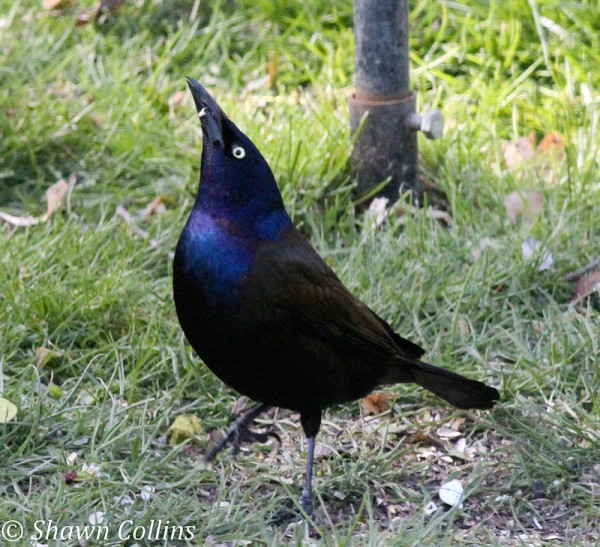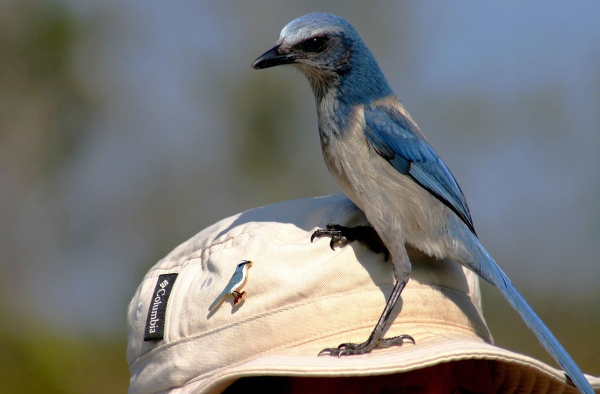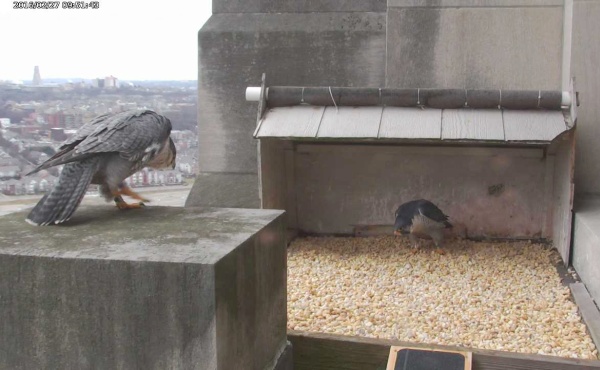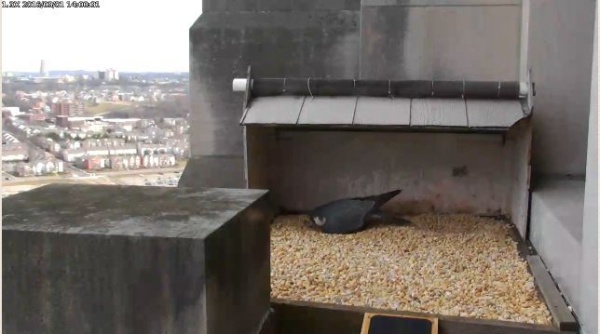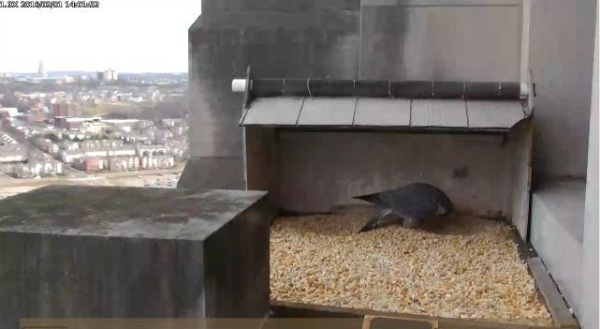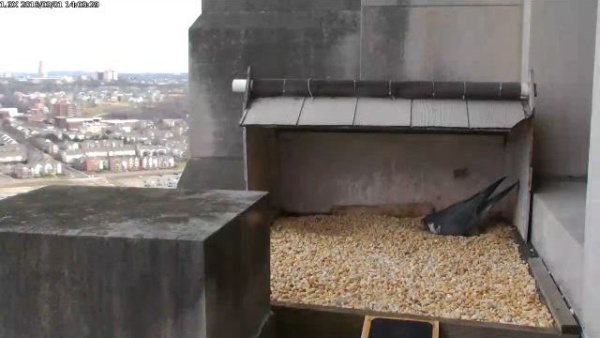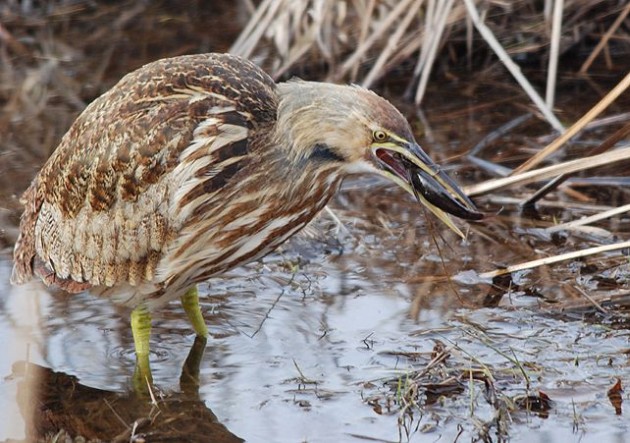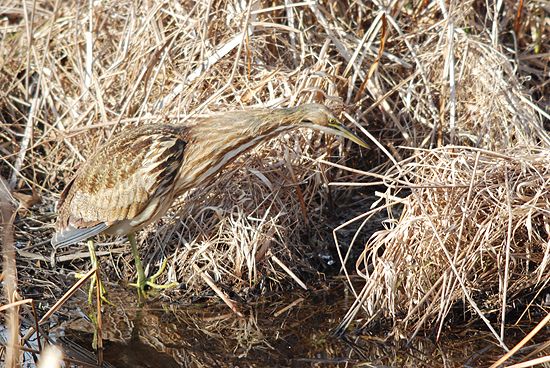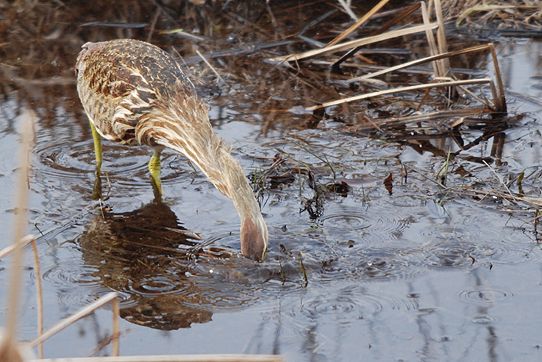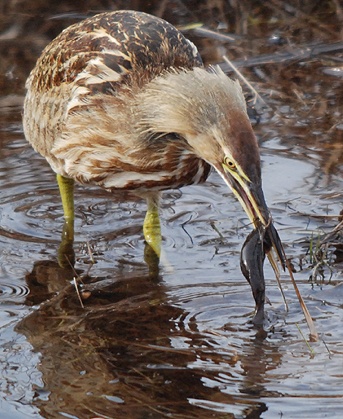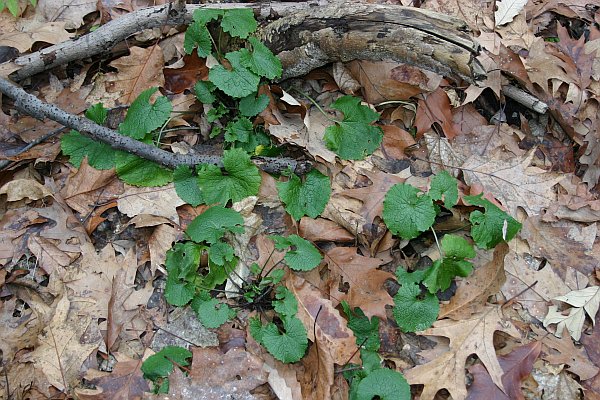
I should be excited to see green leaves poking up in the woods but these are bad ones.
Garlic mustard (Alliaria petiolata) is a biennial alien invasive. It turns green early because it’s out of synch with our seasons — and that gives it a growing advantage over many native plants. Read more here about its invasive ways.
The only place I know of in western Pennsylvania that has no garlic mustard is Duff Park in Murrysville, thanks to the vigilance and activism of Pia van de Venne. Over the years she has pulled out tons of garlic mustard, trained countless volunteers in invasive plant eradication, and placed signs at every park entrance that describe garlic mustard and urge folks to pull it up.
Everywhere else, these leaves are our first sign of spring. 🙁
(photo by Kate St. John)
